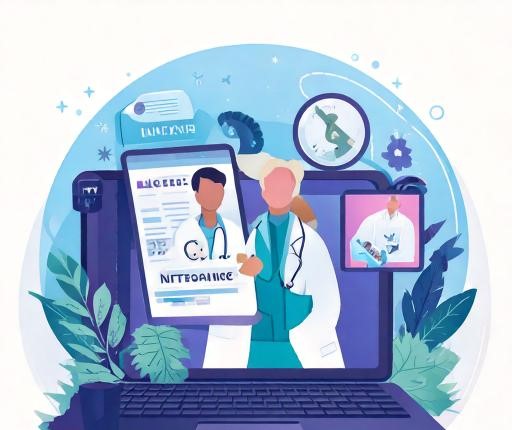WIN CUSTOMERS WITH AN OMNICHANNEL STRATEGY
The entire amount of digital encounters that customers have while interacting with a brand is referred to as a customer’s digital journey. This voyage has seen a significant transformation in recent years. As shown in the latest Google study, 98% of people in the United States move between devices on the same day.
This implies that customers shop for a financial good or service on a company’s website and then complete the transaction on the company’s mobile app. This is an eye-opening and informative metric for software development company. As a result, financial marketers are being compelled to hire Mobile App Consulting Company to incorporate this cross-channel and cross-device component into their client experiences.
The process of developing user experiences that are driven by real-time data from all channels and stretching them throughout all touchpoints in order to establish consistent connections with customers wherever they contact the brand is known as omnichannel customization. It can customise across all channels, including online, mobile, in-store, email, and direct mail, integrating the capacity to learn how to communicate and collaborate with a brand across all channels with the ability to act on that understanding by tailoring their experience across all touchpoints. For a consistent and contextually informed customer experience, omnichannel personalization means the ability to collect data with unprecedented breadth and the ability to apply it regardless of where the encounter takes place.
WHY IS AN EFFECTIVE OMNICHANNEL STRATEGY NECESSARY?
Financial marketers must ensure that all of their platforms can communicate with one another in order to provide a consistent and seamless experience for customers. The capacity to recognize and engage people across many contact points is a fundamental barrier in creating successful consistent personalization. Financial marketers must be able to collect information from customers across all digital channels and store it in a single spot. This would allow the advertiser to access information like the customer’s online behaviour, purchasing intent, and call centre questions, among other things. A Customer Data Platform (CDP) is useful in this situation.
By using all of the channels where customers connect and customising these discussions, Financial services firms will be able to record client intent and infer the pattern of dialogues. Aspects such as the customer’s preferred device and channel, response rates, and so on are all plainly known. Marketers may immediately personalise a customer’s experience by using a CDP’s unified data and making it available to other systems. Using a CDP in combination with AI can assist in coordinating tailored experiences at scale for millions of consumers on their chosen channels and devices. How successfully financial marketers can use technology like CDP and AI will determine how effective their omnichannel approach is. Banks, insurance companies, and other financial services corporations can supply customised goods, services, and advice to people all over the world if done correctly.
WHAT DO YOU NEED FOR AN OMNICHANNEL PERSONALIZATION PLATFORM?
- An Open Infrastructure
By connecting all of your siloed applications and systems, including the siloed databases established years ago, an open infrastructure can bridge data between them and turn it into actionable customer intelligence.
- Real-Time Decision Making
Technology enables instantaneous decisions. Due to the rapid changes in consumer needs, behaviours, and interests in this highly connected age, being able to gather information and take action instantly is vital for serving customers with relevant experiences.
- Omnichannel Customer Identification
You need a mechanism to recognize the same customer when they contact you through multiple channels in order to give a consistent experience to each person. You lay the groundwork for the customer-brand connection by creating an omnichannel customer profile for each person based on a unique customer ID.
Read more interesting articles.



